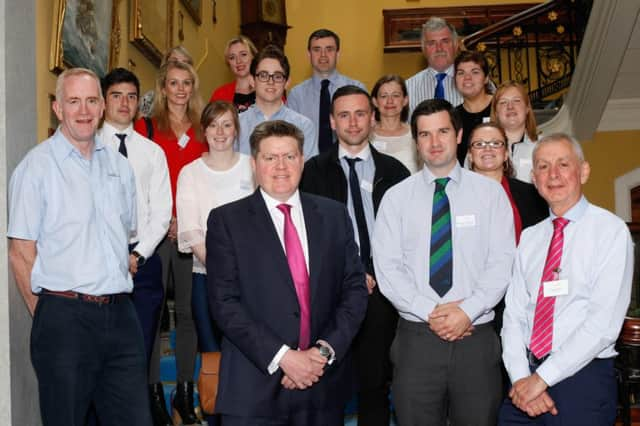Walking the supply chain!


The program was centred on the Belfast Harbour area where Joe O’Neill, commercial manager of the Belfast Harbour outlined the vital role of imports with over two million tonnes of feed materials landed at the port every year.
This was followed by a tour of the harbour stores and a visit to the MV Bao Lucky – a massive ocean going vessel just arrived with her cargo of soya products from South America.
Advertisement
Advertisement
The manufacture of compound feeds came under the spotlight with a feed mill tour and presentations on quality assurance schemes including the world leading Food Fortress program developed in partnership with the Institute of Global Food Security at Queen’s University.


The importance of Research and development was discussed, highlighting the significant investments which had been made to improve feed efficiency and reduce costs of production.
The program concluded with a presentation detailing the role of the trade in reducing the environmental impact of intensive farming through management of greenhouse gas emissions and in reducing the levels of phosphate in our waterways.